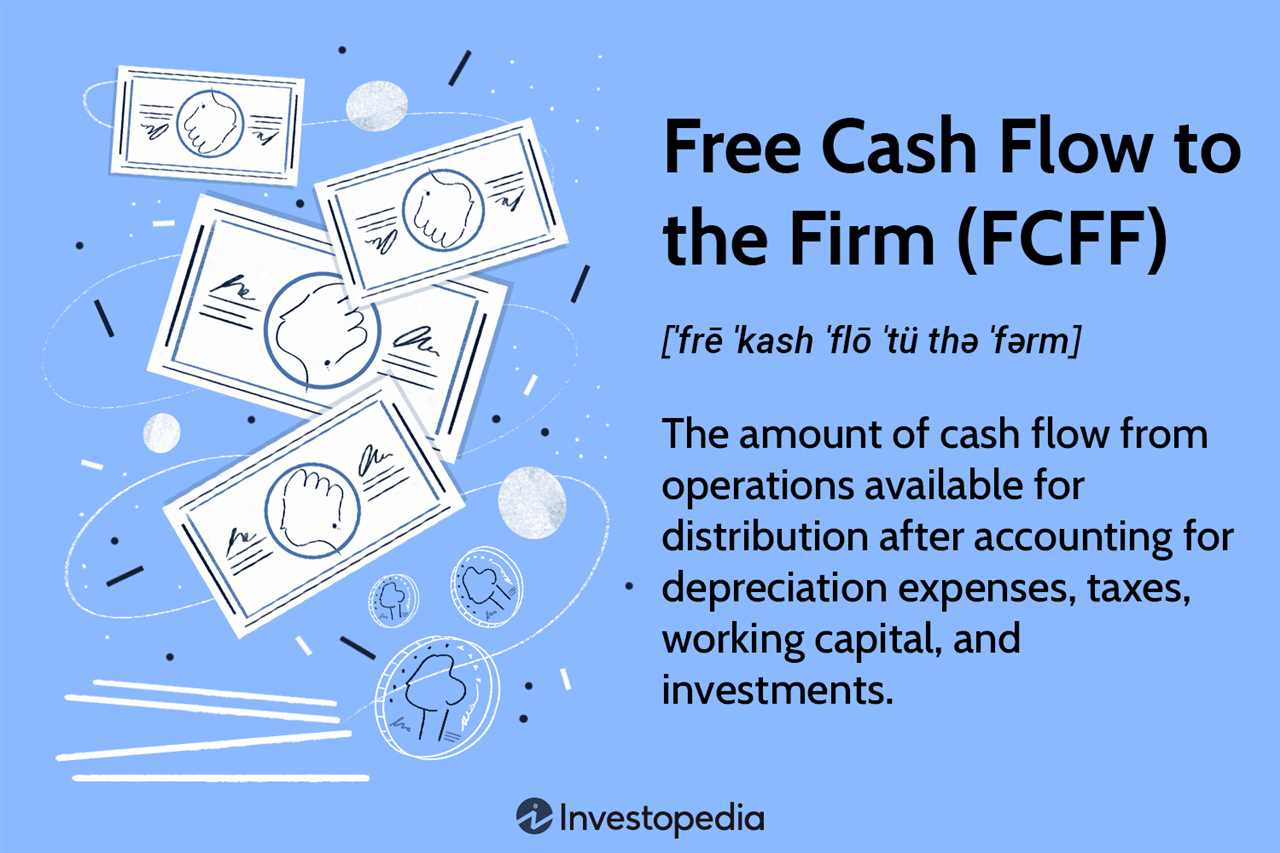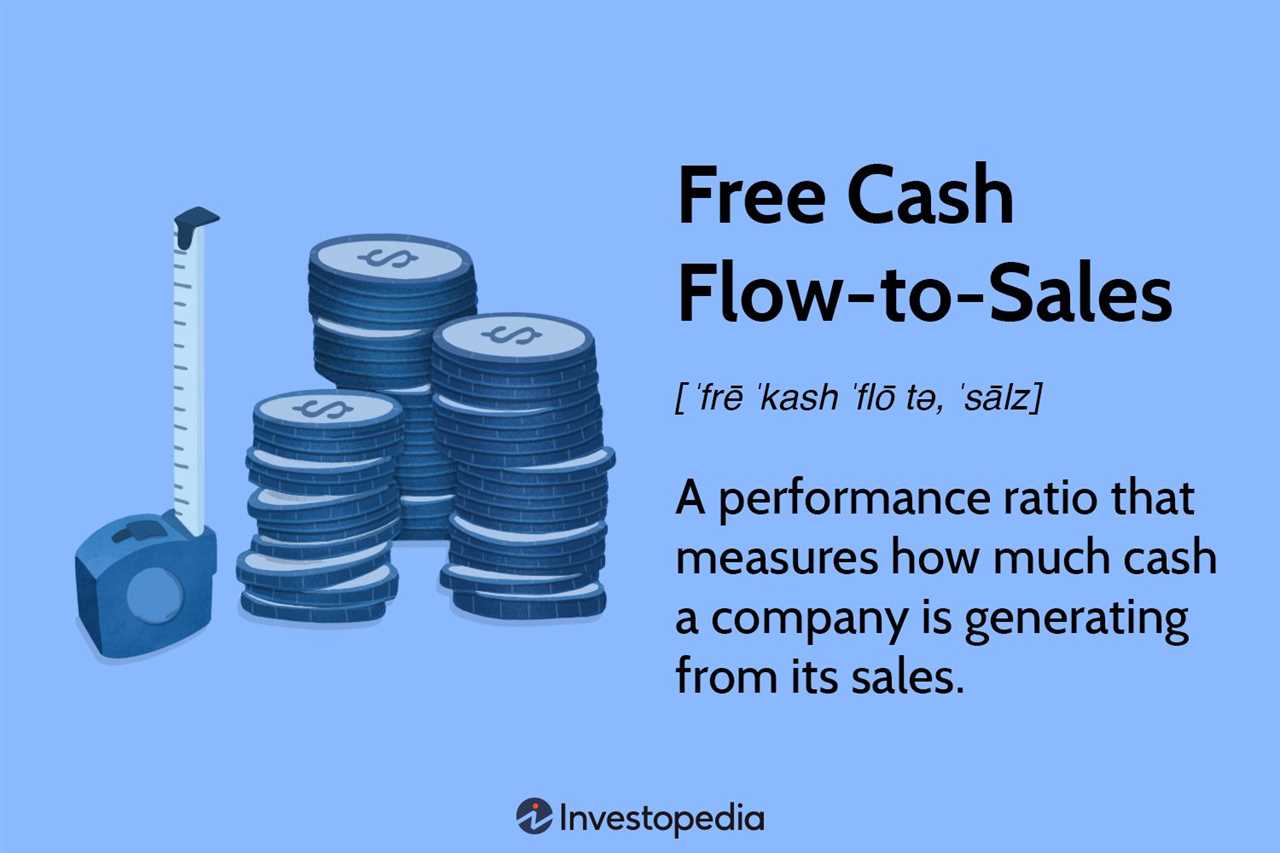What is Free Cash Flow?
Free Cash Flow (FCF) is a financial metric that represents the amount of cash generated by a company’s operations that is available for distribution to investors, debt repayment, or reinvestment in the business. It is a measure of a company’s financial health and its ability to generate cash flow.
Free Cash Flow is calculated by subtracting capital expenditures (money spent on purchasing or maintaining assets) from operating cash flow (cash generated from the company’s core operations). The resulting amount represents the cash that is available for the company to use for various purposes.
Free Cash Flow is an important metric for investors and analysts as it provides insights into a company’s ability to generate cash and its financial flexibility. A positive FCF indicates that a company has surplus cash after meeting its operational and capital expenditure needs, which can be used for growth opportunities, debt reduction, or returning value to shareholders through dividends or share buybacks.
On the other hand, a negative FCF suggests that a company is not generating enough cash from its operations to cover its capital expenditures, which may indicate financial distress or an unsustainable business model.
Importance of Free Cash Flow
Free Cash Flow (FCF) is a crucial financial metric that provides valuable insights into a company’s financial health and performance. It measures the amount of cash generated by a company’s operations that is available for distribution to investors, debt repayment, and reinvestment in the business.
- Financial Stability: Free cash flow indicates a company’s ability to generate excess cash after covering its operating expenses, capital expenditures, and working capital requirements. A positive free cash flow demonstrates financial stability and the ability to meet financial obligations.
- Investment Opportunities: Positive free cash flow indicates that a company has surplus cash available for investment in growth opportunities, such as acquisitions, research and development, or expanding into new markets. It allows companies to pursue strategic initiatives and drive future growth.
- Debt Repayment: Free cash flow is often used to repay debt obligations. A company with strong free cash flow can comfortably service its debt and reduce its leverage over time. This enhances its creditworthiness and reduces the risk of default.
- Dividends and Share Buybacks: Companies with positive free cash flow can distribute cash to shareholders in the form of dividends or share buybacks. These actions reward investors and can attract more investors, leading to an increase in stock price.
- Valuation: Free cash flow is an important factor in determining the intrinsic value of a company. Analysts and investors often use free cash flow multiples to value a company and compare it with its peers. A higher free cash flow indicates a healthier and more valuable company.
How to Calculate Free Cash Flow

Calculating free cash flow (FCF) is an essential step in analyzing the financial health and performance of a company. It provides valuable insights into the company’s ability to generate cash from its operations that can be used for various purposes, such as investing in growth opportunities, paying dividends, or reducing debt.
Step 1: Gather the necessary information

Before calculating free cash flow, you need to gather the relevant financial information from the company’s financial statements. This includes the net income, depreciation and amortization expenses, changes in working capital, capital expenditures, and any other cash flows from investing or financing activities.
Step 2: Calculate operating cash flow
The first step in calculating free cash flow is to determine the operating cash flow (OCF). This can be done using the following formula:
The net income can be found on the income statement, while the depreciation and amortization expenses can be found in the notes to the financial statements. Changes in working capital can be calculated by subtracting the current working capital from the previous period’s working capital.
Step 3: Calculate capital expenditures
The next step is to determine the capital expenditures (CapEx) for the period. This includes any investments in property, plant, and equipment or other long-term assets. The CapEx can be found in the cash flow statement or the notes to the financial statements.
Step 4: Calculate free cash flow
Once you have the operating cash flow and capital expenditures, you can calculate the free cash flow using the following formula:
The resulting free cash flow represents the amount of cash generated by the company’s operations that is available for distribution to investors or for reinvestment in the business.
It is important to note that free cash flow can be positive or negative. A positive free cash flow indicates that the company is generating more cash than it is using, while a negative free cash flow suggests that the company is using more cash than it is generating.
By calculating and analyzing free cash flow, investors and analysts can gain valuable insights into a company’s financial performance, sustainability, and ability to generate cash in the long term.
Interpreting Free Cash Flow
Interpreting free cash flow is crucial for investors and analysts as it provides insights into a company’s financial health and its ability to generate cash. By analyzing free cash flow, investors can assess a company’s profitability, sustainability, and potential for growth.
Positive Free Cash Flow
A positive free cash flow indicates that a company has generated more cash from its operations than it has used to fund its investments. This is a favorable sign as it suggests that the company has excess cash that can be used for various purposes, such as reinvesting in the business, paying dividends to shareholders, reducing debt, or making acquisitions.
Investors generally prefer companies with consistent positive free cash flow as it demonstrates the company’s ability to generate cash consistently over time. It also indicates that the company has a strong financial position and is less reliant on external financing.
Negative Free Cash Flow
A negative free cash flow means that a company has used more cash to fund its investments than it has generated from its operations. This could be a cause for concern as it suggests that the company may be facing financial difficulties or experiencing cash flow problems.
Comparing Free Cash Flow
For example, investors may compare a company’s free cash flow to its net income to assess the quality of its earnings. If a company has consistently high net income but low free cash flow, it could indicate that the company’s earnings are not translating into actual cash flow, possibly due to aggressive accounting practices or poor working capital management.
Additionally, investors may compare a company’s free cash flow yield (free cash flow divided by market capitalization) to the average yield of similar companies in the industry. This can help identify undervalued or overvalued stocks.
Limitations of Free Cash Flow
While free cash flow is a valuable metric, it does have its limitations. It is important to consider these limitations when interpreting free cash flow.
Firstly, free cash flow does not provide a complete picture of a company’s financial health. It is just one aspect of a company’s overall financial performance and should be analyzed in conjunction with other financial metrics, such as revenue growth, profitability ratios, and debt levels.
Secondly, free cash flow can be influenced by various factors, such as changes in working capital, capital expenditures, and non-recurring items. Therefore, it is important to understand the underlying drivers of free cash flow and assess whether they are sustainable or temporary in nature.
Lastly, free cash flow can vary significantly from year to year, especially for companies in cyclical industries. It is important to analyze free cash flow trends over multiple periods to get a more accurate assessment of a company’s cash generation capabilities.
Conclusion

Emily Bibb simplifies finance through bestselling books and articles, bridging complex concepts for everyday understanding. Engaging audiences via social media, she shares insights for financial success. Active in seminars and philanthropy, Bibb aims to create a more financially informed society, driven by her passion for empowering others.
